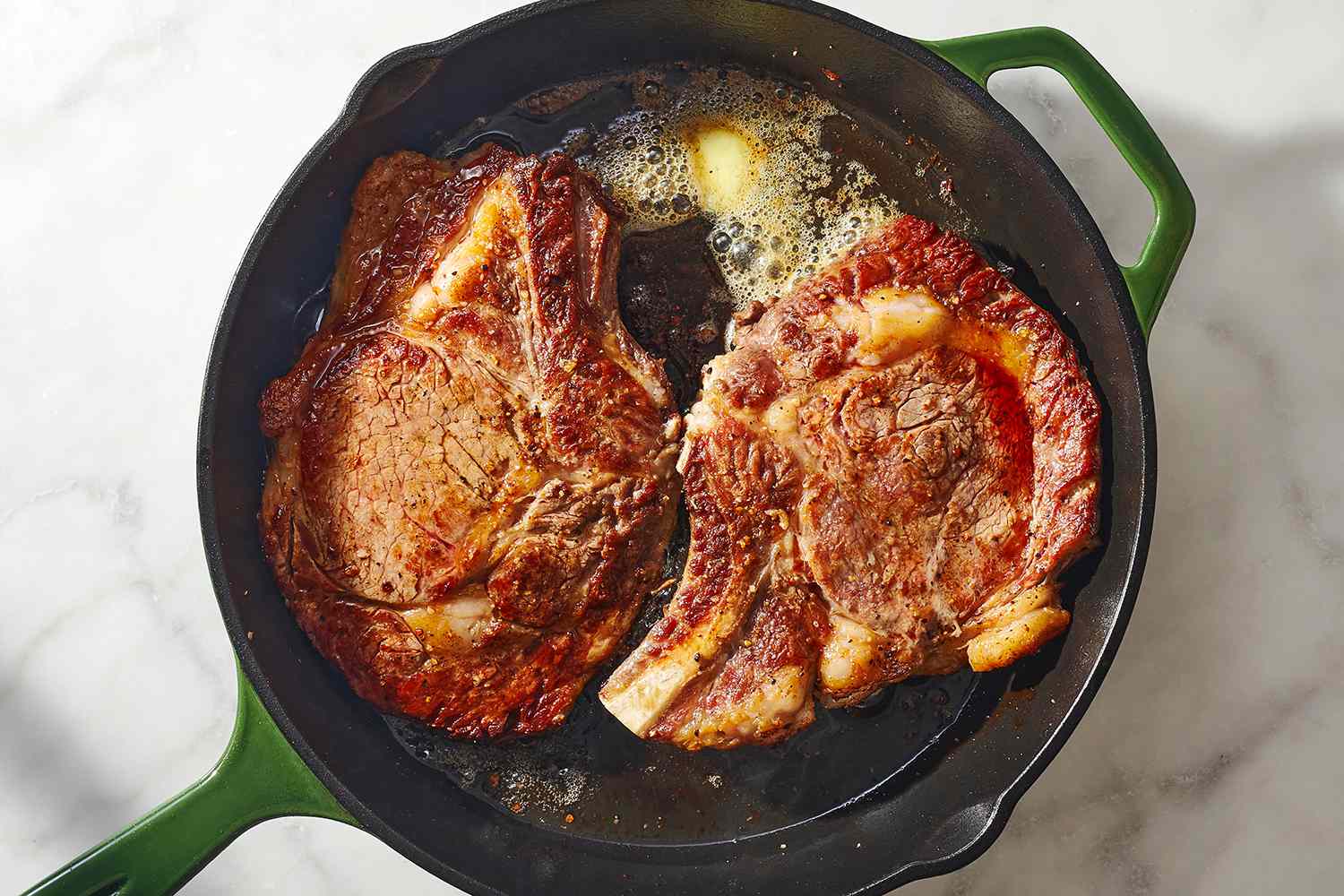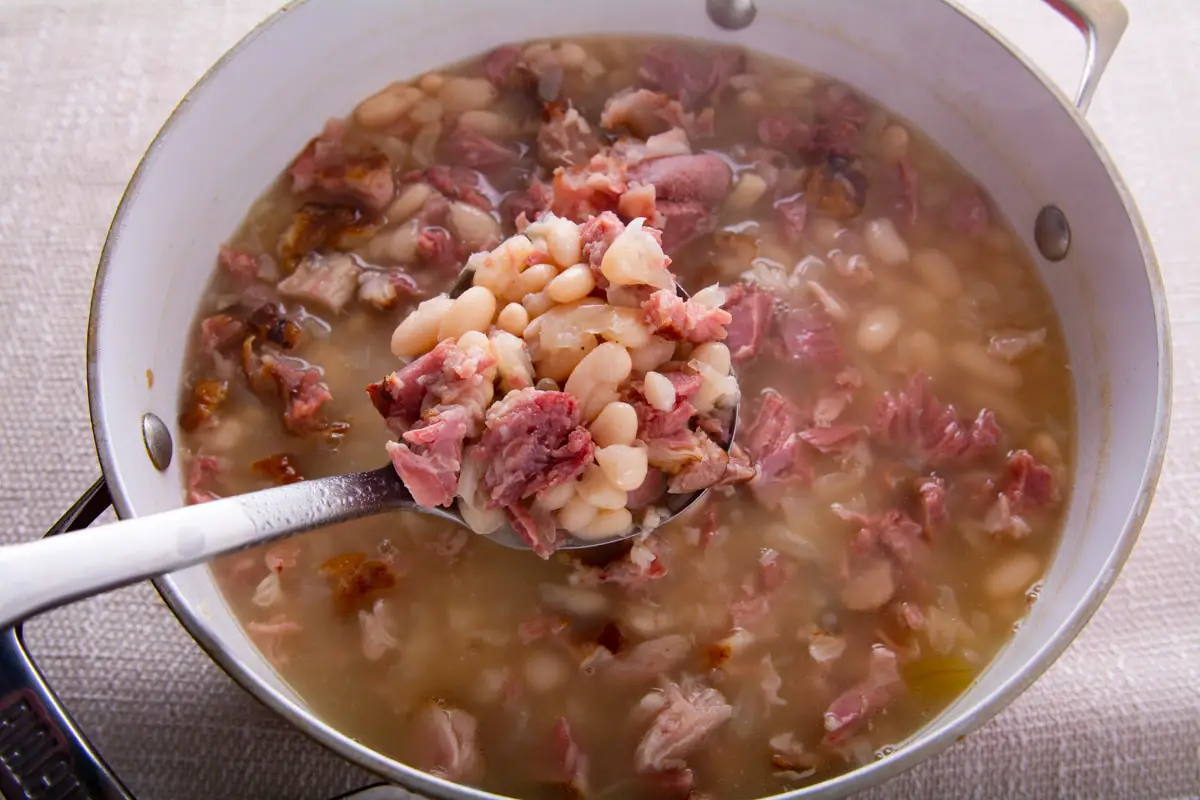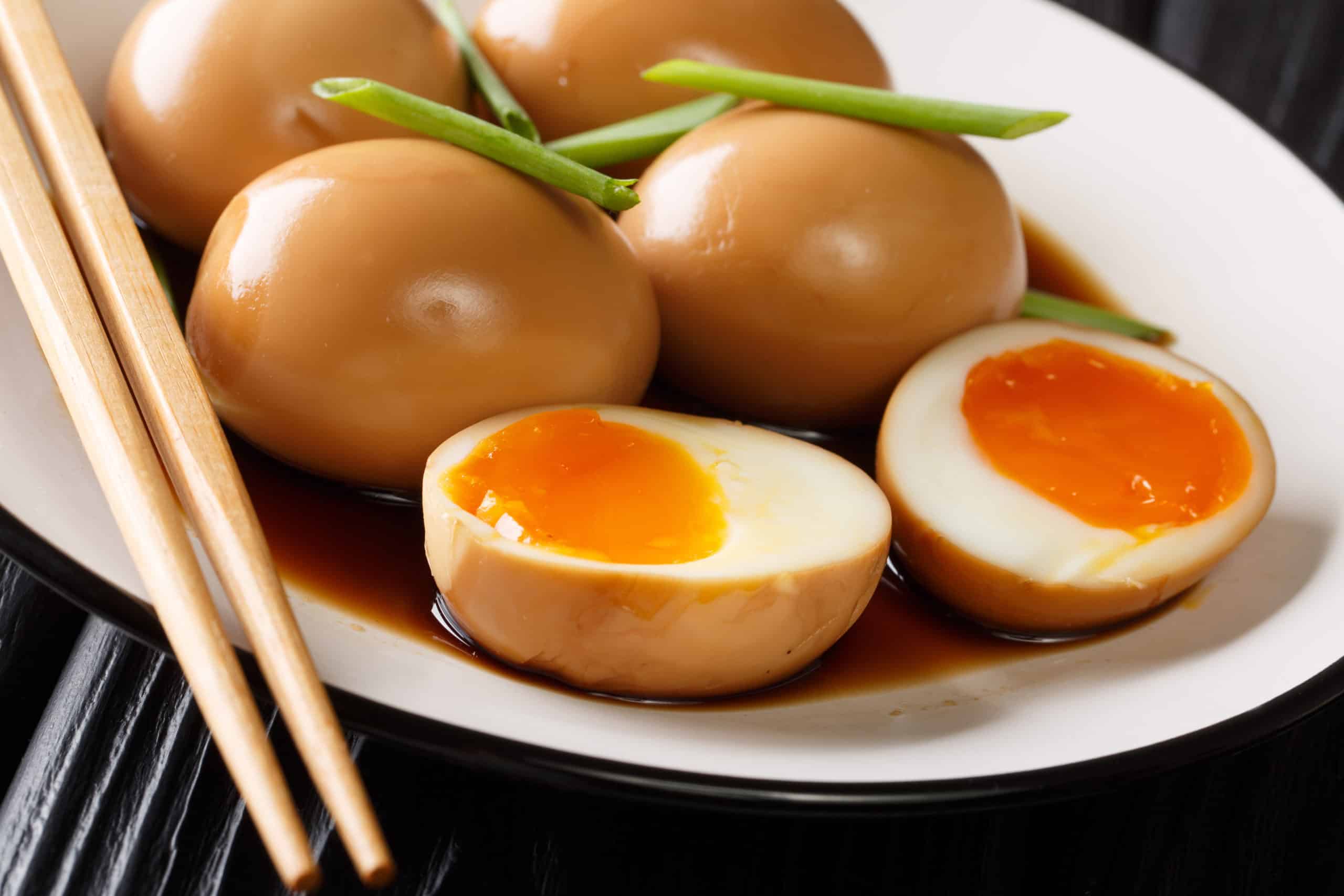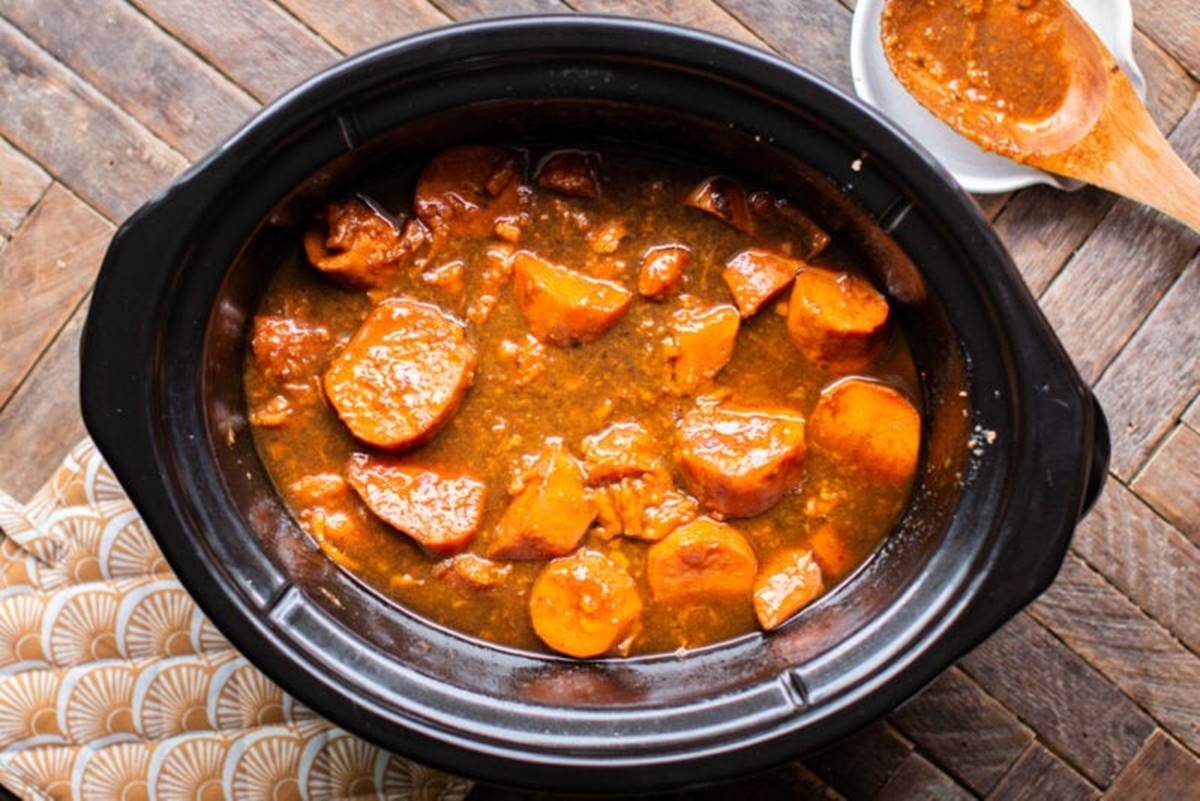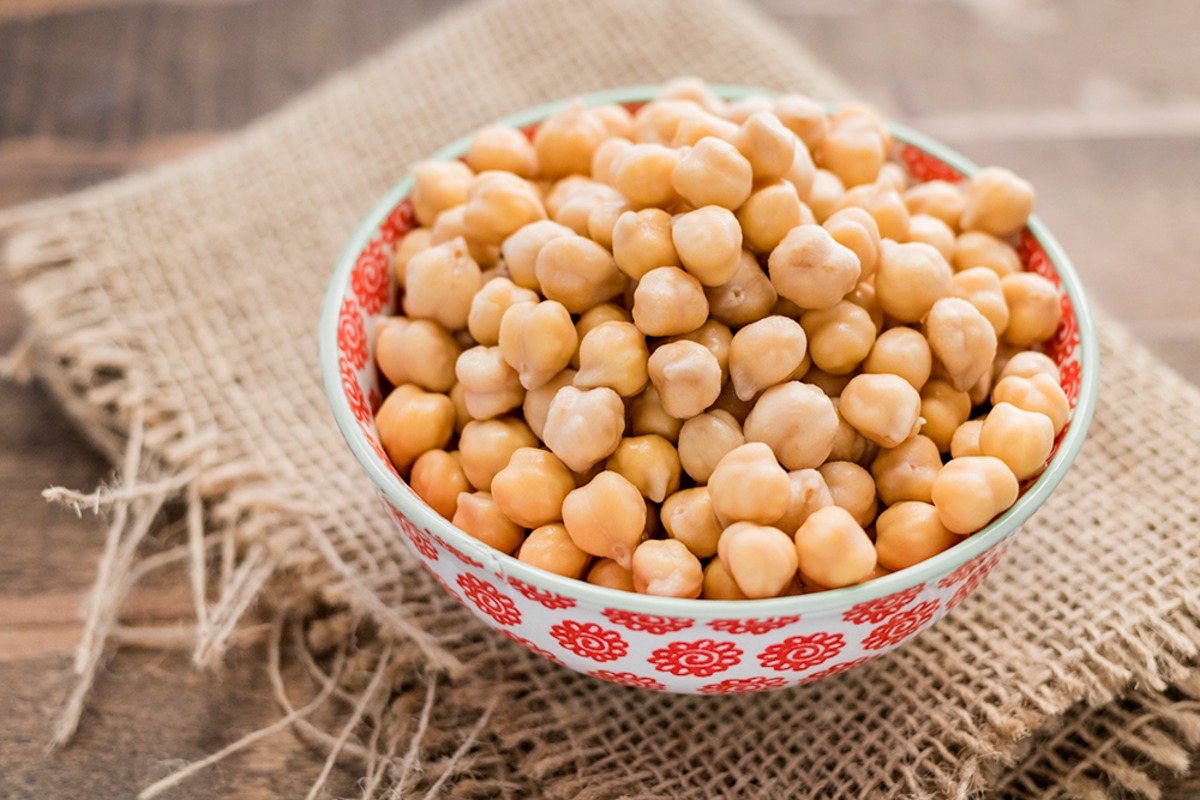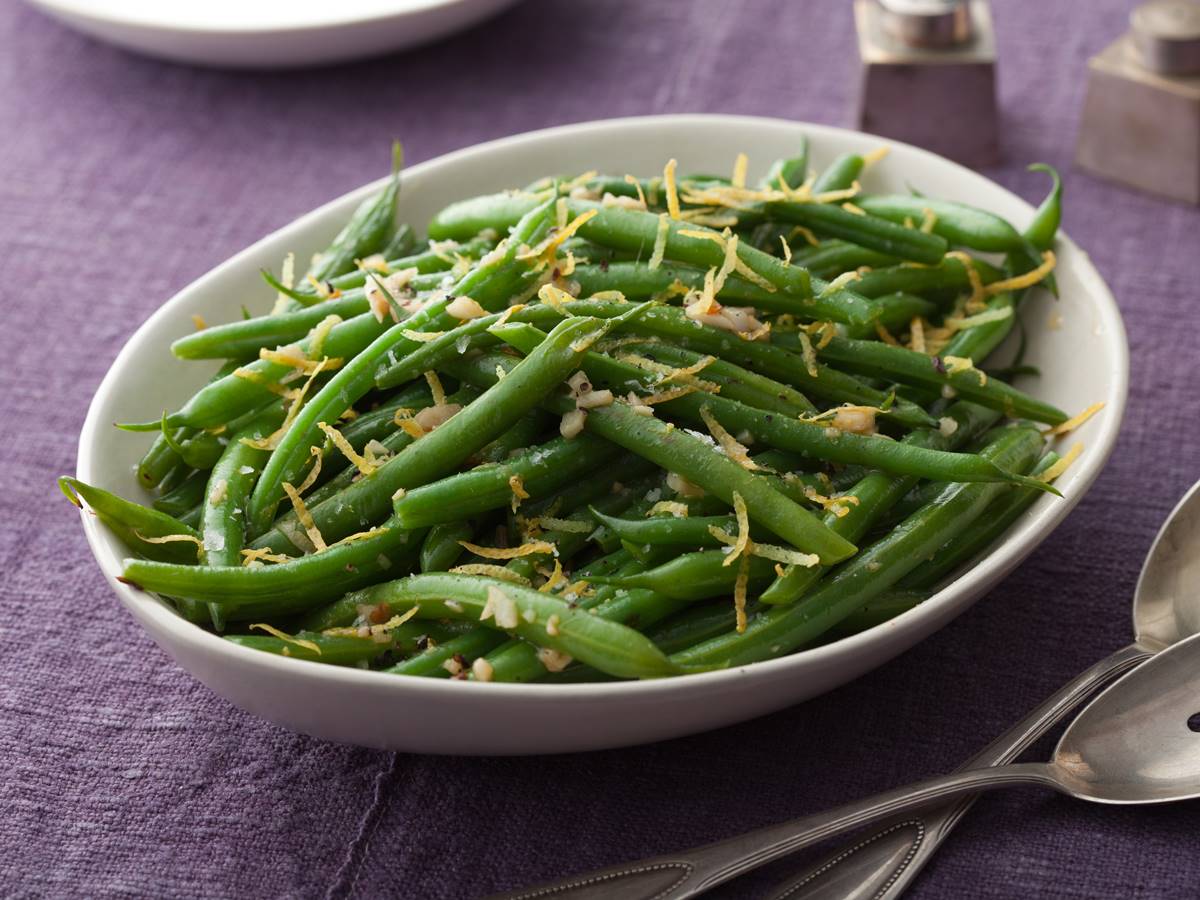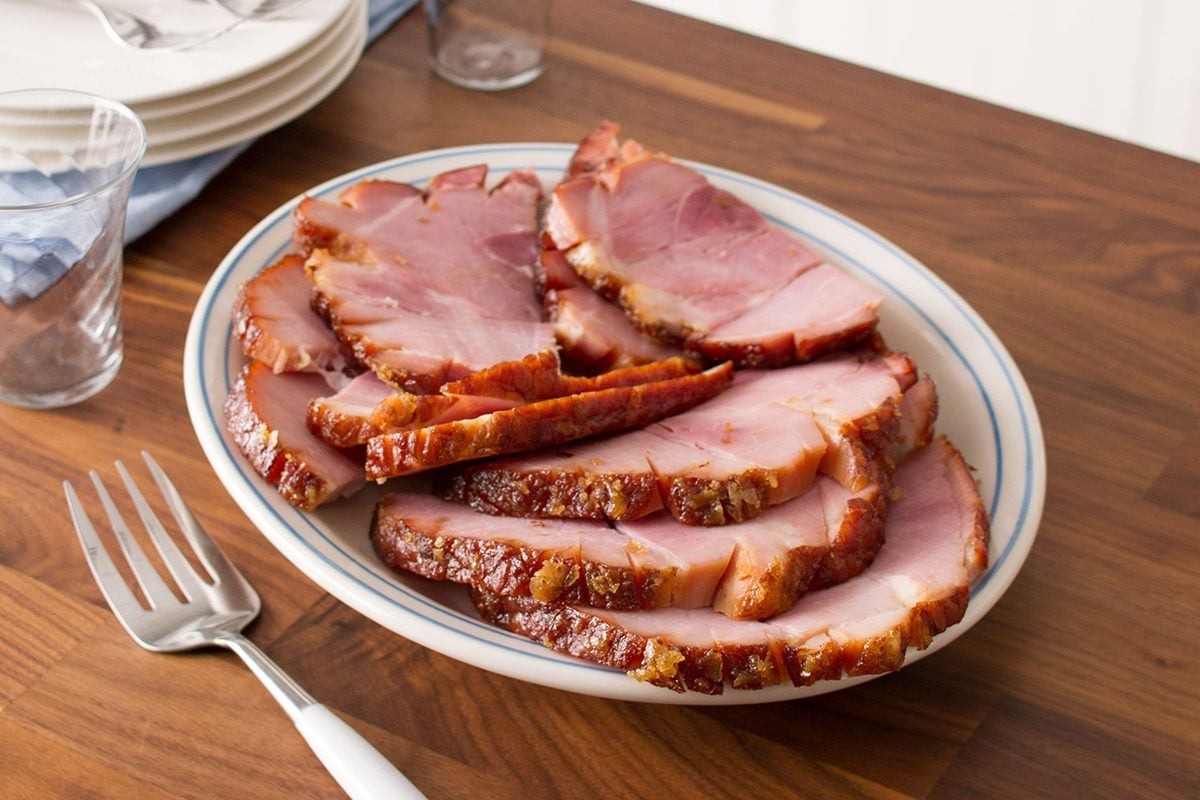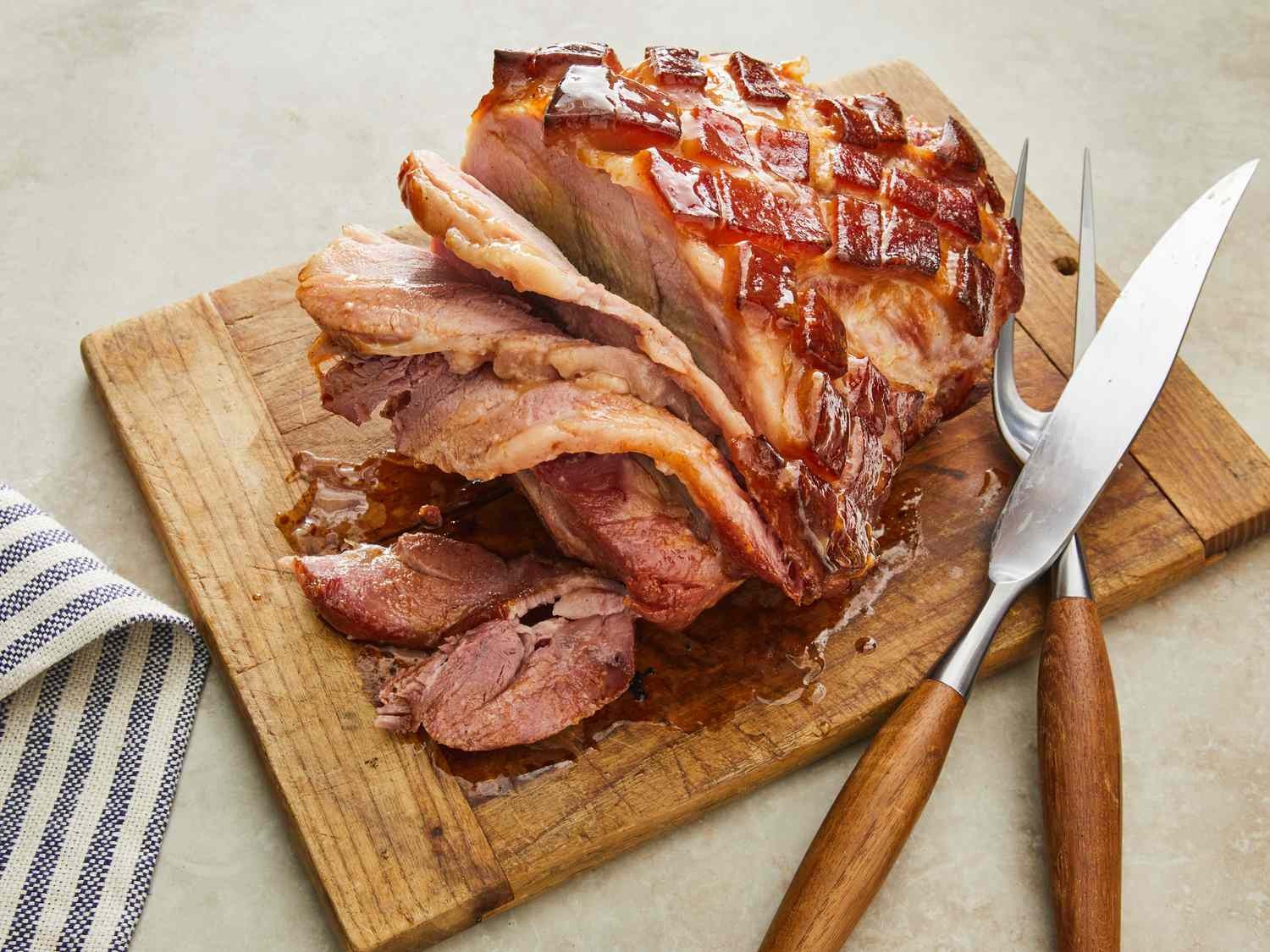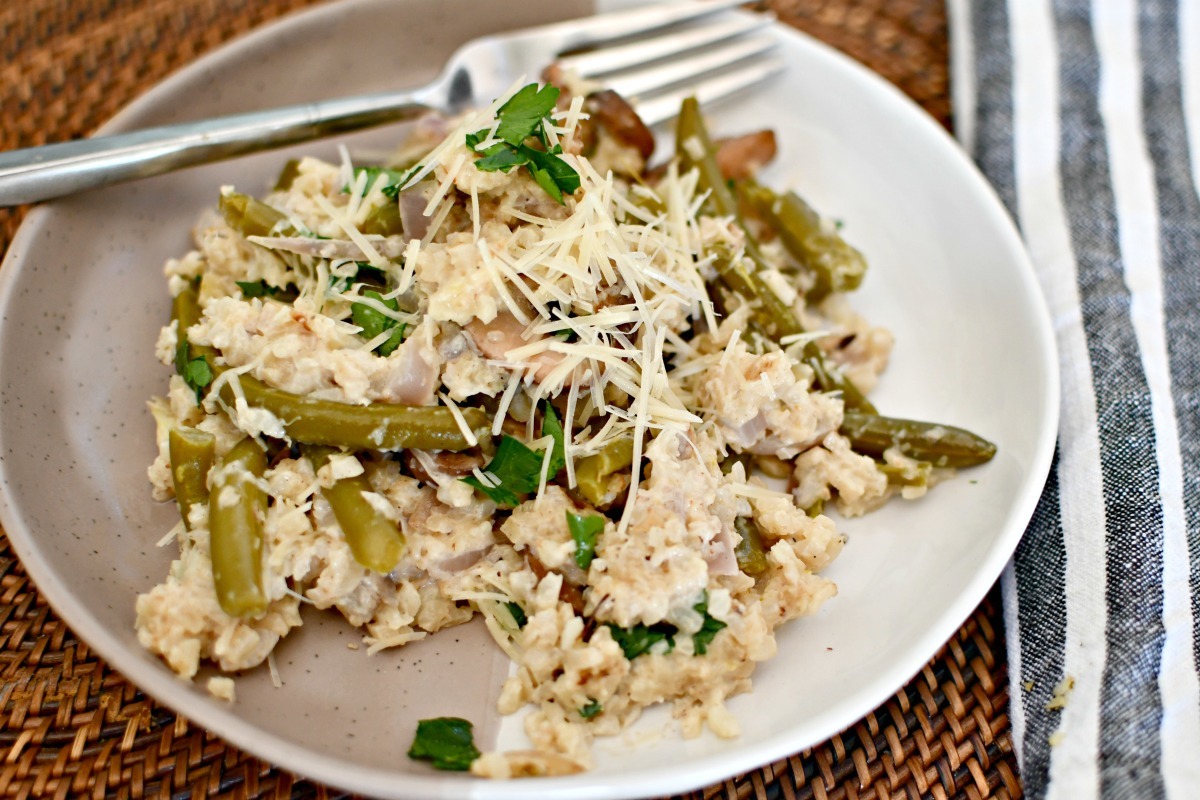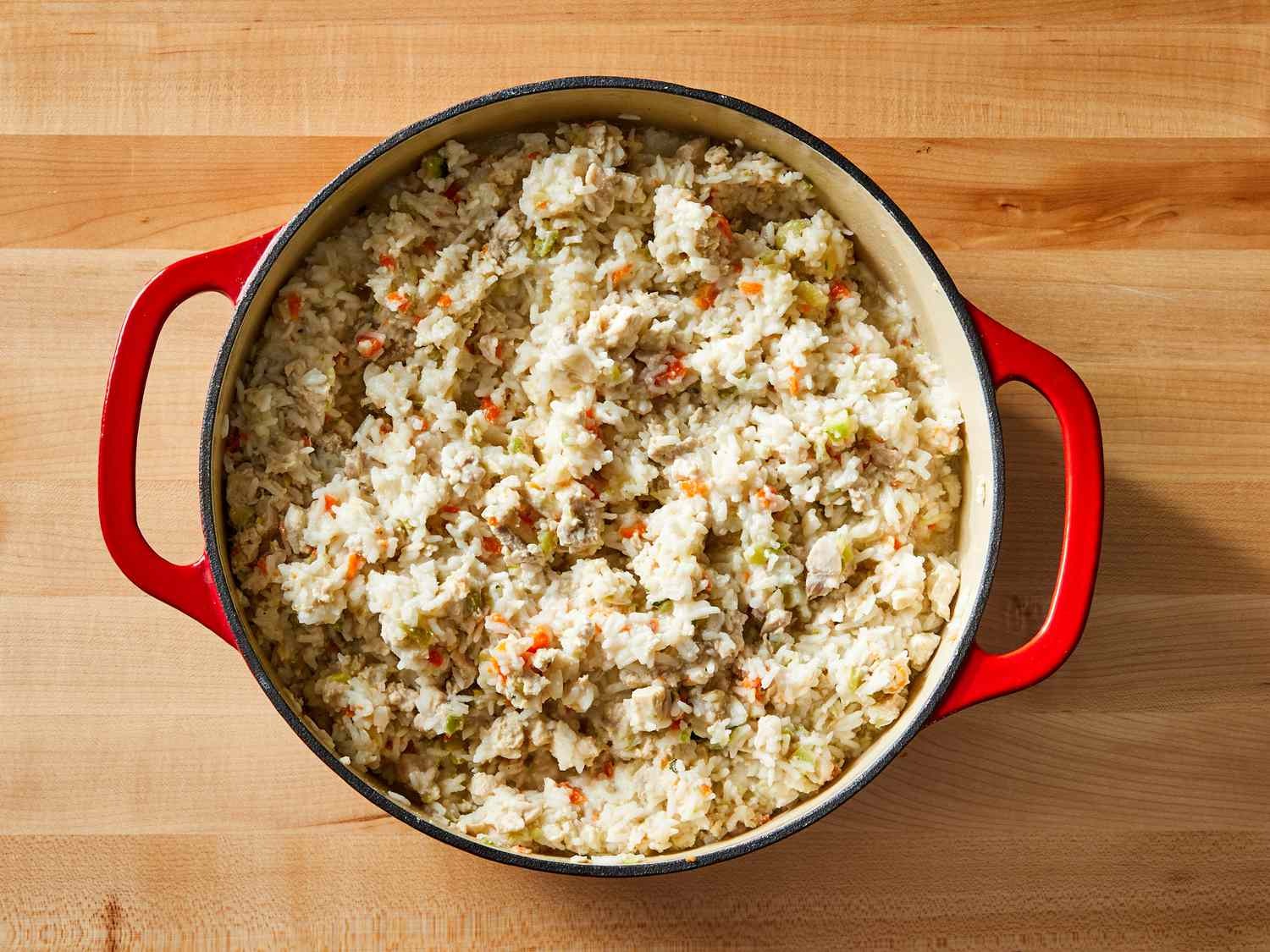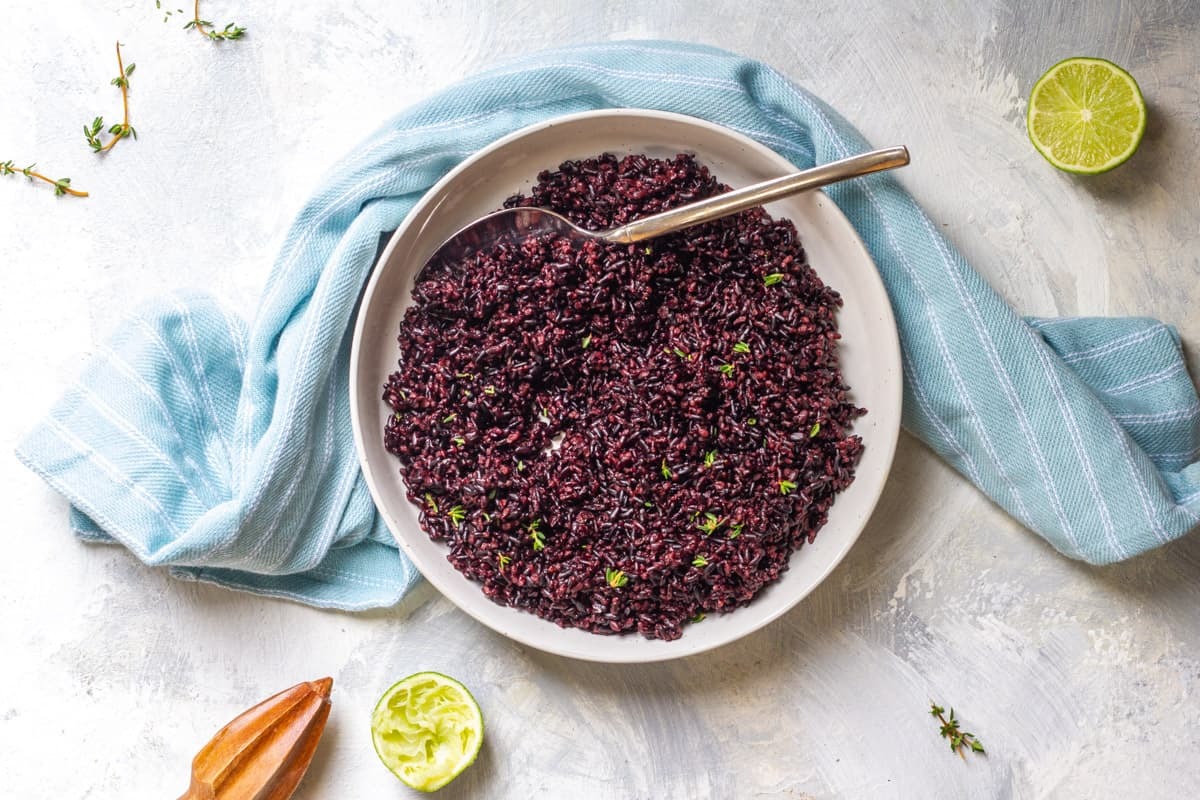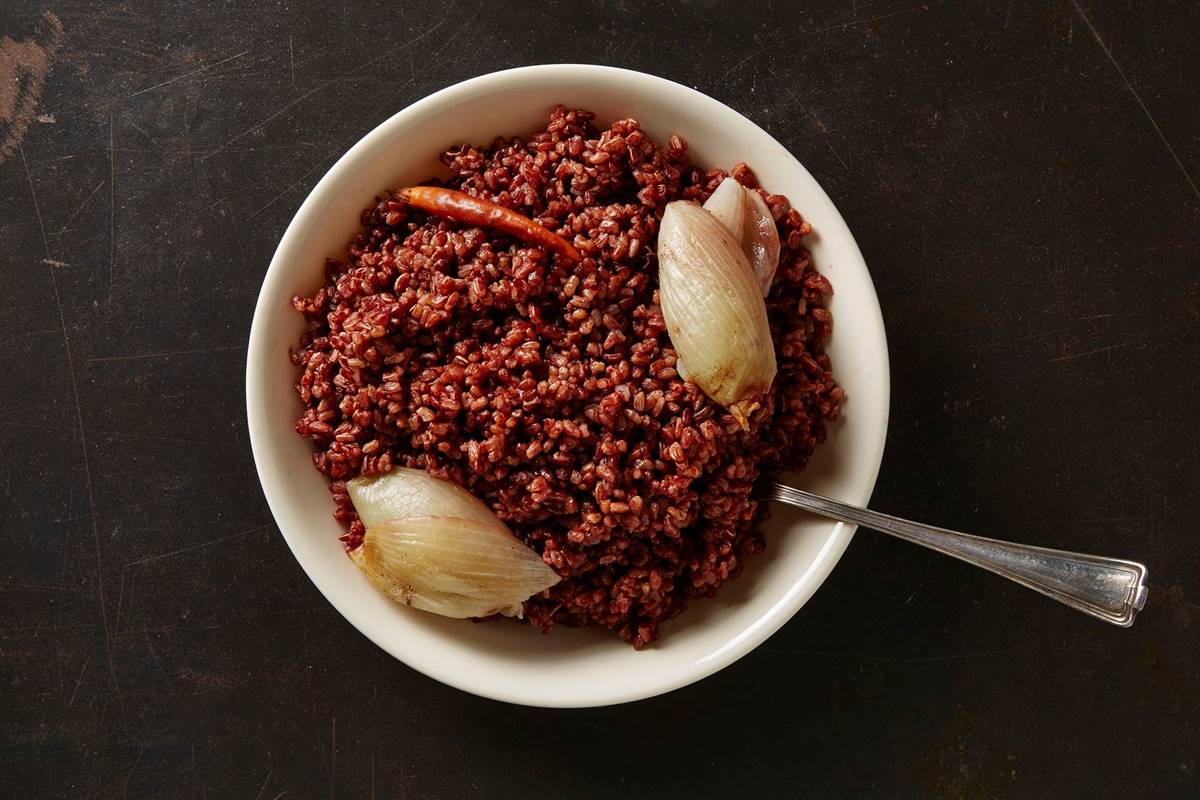Cooking with canned tuna offers a world of culinary possibilities, from simple sandwiches to gourmet meals. This versatile ingredient, packed with protein and omega-3 fatty acids, can elevate everyday dishes into something special. Whether you're a seasoned chef or just starting out in the kitchen, mastering the art of cooking canned tuna is a skill worth acquiring. With a few tips and tricks, you'll discover how to unlock the full potential of this pantry staple, transforming it into delicious, nutritious creations that will impress your taste buds and boost your health. Let's dive into the basics of cooking with canned tuna and explore the endless possibilities it presents.
Gather Your Ingredients
- Canned tuna (preferably in water for a healthier option)
- Olive oil or butter (for sautéing)
- Garlic cloves (minced)
- Onion (finely chopped)
- Bell pepper (diced, any color)
- Salt (to taste)
- Black pepper (freshly ground, to taste)
- Lemon juice (for a fresh zing)
- Fresh herbs (like parsley or cilantro, chopped for garnish)
Essential Tools for Your Culinary Adventure
- Can opener
- Strainer or colander
- Mixing bowl
- Fork
- Spatula
- Frying pan or skillet (for certain recipes)
- Measuring cups and spoons
- Knife (for chopping ingredients)
- Cutting board
When cooking canned tuna, always drain excess oil or water first. Sautéing with onions, garlic, and your favorite spices enhances its flavor, making it perfect for quick, nutritious meals.
The Benefits of Cooking Canned Tuna
Cooking canned tuna is a simple, efficient way to add protein and flavor to meals. This method transforms a pantry staple into a versatile ingredient, suitable for sandwiches, salads, and pastas. Heating it properly enhances its taste, texture, and overall appeal, making it a go-to option for quick, nutritious dishes.
Understanding how to cook canned tuna correctly ensures that it retains its nutritional value while becoming more palatable. Proper preparation can reduce any unwanted fishy aroma, improving its integration into various recipes. This skill is essential for anyone looking to expand their culinary repertoire with easy, healthy options that satisfy diverse tastes and dietary needs.
Your Step-by-Step Culinary Guide
-
Open the can: Start by using a can opener to carefully open your canned tuna. Ensure to do this over a sink to avoid any spillage of the liquid inside.
-
Drain the liquid: Once opened, press the lid into the canned tuna to squeeze out the liquid. For a more thorough drain, transfer the tuna into a strainer and press gently with a spoon.
-
Flake the tuna: After draining, move the tuna to a bowl. Use a fork to flake it apart. This process helps in evenly distributing the tuna in dishes.
-
Season the tuna: Add your preferred seasonings to the flaked tuna. Salt, pepper, and a bit of lemon juice are common choices that enhance flavor.
-
Heat a pan: Place a non-stick pan on the stove over medium heat. Allow it to warm up for a minute or two.
-
Add oil to the pan: Pour a small amount of olive oil or any cooking oil of your choice into the heated pan. Swirl to coat the bottom.
-
Cook the tuna: Transfer the seasoned tuna into the pan. Spread it out for even cooking. Stir occasionally, allowing it to cook for 2-3 minutes or until it reaches your desired level of warmth.
-
Serve immediately: Once cooked, remove the tuna from the heat. It's now ready to be added to salads, sandwiches, or any dish of your choosing.
Mastering Canned Tuna Dishes
Cooking with canned tuna isn't just about whipping up a quick sandwich; it's an art of transforming simple pantry staples into delightful meals. Whether you're tossing it into a vibrant salad, stirring into a creamy pasta, or baking into a hearty casserole, the versatility of canned tuna shines through. Remember, the key to elevating your tuna dishes lies in adding fresh ingredients and experimenting with spices to suit your taste. Don't shy away from trying new recipes or adding a twist to traditional ones. With a bit of creativity and these handy tips, you'll turn this humble ingredient into star-studded meals that impress. So, next time you reach for that can of tuna in your pantry, think beyond the basics and get ready to explore the endless possibilities it offers.
For those looking to get creative with canned tuna, there are several recipes that stand out. The Tuna Pasta Bake is a comforting choice, perfect for a family dinner. If you're in the mood for a quick and satisfying meal, the Tuna Melt Sandwich offers a delightful combination of flavors and textures. For a healthier option, the Mediterranean Tuna Salad brings a refreshing mix of vegetables and olives, making it a great lunch option. Those who enjoy a bit of spice might appreciate the Spicy Tuna Roll, which adds a sushi twist to canned tuna. Finally, the Tuna and Avocado Sushi provides a creamy and nutritious take on traditional sushi, combining the richness of avocado with the protein-packed tuna.
All Your Questions Answered
Can you cook canned tuna, or is it ready to eat straight from the can?
Sure thing, you can cook canned tuna if you want to, but it's also perfectly safe and ready to eat straight out of the can. Heating it up might bring out a bit more flavor, especially if you're mixing it into dishes.
What are some simple ways to spice up canned tuna for a meal?
Jazzing up canned tuna is a breeze. Try mixing it with a bit of mayo, celery, and onion for a classic tuna salad. For something with a kick, add a dash of hot sauce or mix in some curry powder. Don't forget a squeeze of lemon for that zesty touch!
Is canned tuna healthy?
Absolutely, canned tuna is packed with protein and omega-3 fatty acids, making it a great choice for a healthy diet. Just keep an eye on the sodium content and opt for versions packed in water for a leaner option.
How long can you keep canned tuna after opening it?
Once opened, canned tuna should be stored in the fridge and used within three days. Make sure to transfer it to a sealed container to keep it fresh.
Can you recommend a quick recipe using canned tuna?
For a speedy dish, try making a tuna melt. Mix canned tuna with a bit of mayo, spread it on a slice of bread, top with cheese, and broil until the cheese is bubbly and golden. Quick, easy, and delicious!
What's the difference between canned tuna in oil and in water?
Canned tuna in oil tends to be a bit more flavorful and moist, while tuna in water is lower in calories and fat. Your choice depends on personal preference and dietary needs.
How can you make sure your canned tuna dish is not dry?
To keep your canned tuna dish moist, try adding a little olive oil, mayo, or yogurt. These ingredients can help maintain moisture, especially when you're cooking or heating up the tuna.
Was this page helpful?
Read Next: How To Cook Canned Potatoes
